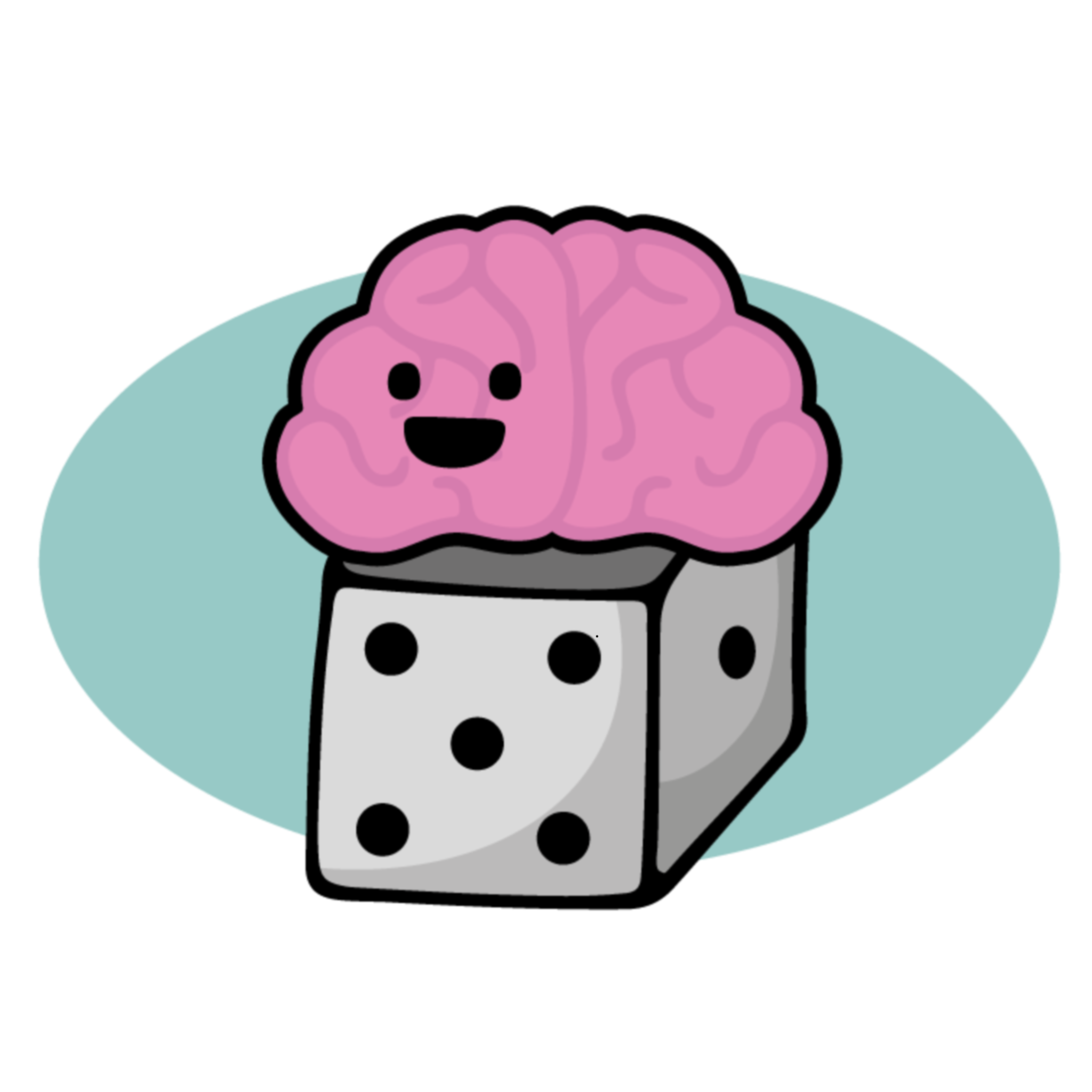Pain Relief Only One Motive for Opioid Use Among High School Seniors
 CHICAGO – Taking opioid drugs without a prescription appears relatively common among high school seniors, according to a report in the August issue of Archives of Pediatrics & Adolescent Medicine, one of the JAMA/Archives journals. The most common reasons survey respondents gave for taking the medications included relaxation, feeling good or getting high, experimentation and pain relief.
CHICAGO – Taking opioid drugs without a prescription appears relatively common among high school seniors, according to a report in the August issue of Archives of Pediatrics & Adolescent Medicine, one of the JAMA/Archives journals. The most common reasons survey respondents gave for taking the medications included relaxation, feeling good or getting high, experimentation and pain relief.
“Prescription opioids are the foundation for the treatment of acute and chronic pain and these medications are highly efficacious when used properly,” the authors write as background information in the article. “However, the non-medical use [without a clinician’s orders] of prescription opioids has increased significantly among adolescents and young adults over the past decade in the United States.”
Sean Esteban McCabe, Ph.D., of the University of Michigan, Ann Arbor, and colleagues assessed survey responses from five consecutive groups of seniors at public and private high schools throughout the United States between 2002 and 2006. The 12,441 students filled out questionnaires reporting whether they had used opioids such as morphine, opium or codeine for medical or non-medical reasons over the past year or ever in their lifetimes. Those who reported non-medical use selected their most important reasons for doing so from a list of 17 potential motives. The students also were asked about methods used for taking the drugs (for example, smoking or in pill form) and any other substance use habits.
More than one in every ten participants—a total of 12.3 percent—reported using prescription opioids for non-medical reasons in their lifetimes, including 8 percent who reported having done so in the past year. The leading motives were to relax or relieve tension (56.4 percent), to feel good or get high (53.5 percent), to experiment (52.4 percent), to relieve physical pain (44.8 percent) or to have a good time with friends (29.5 percent).
Students who said they used the drugs only for pain relief were less likely to also report heavy drinking or other drug use than were those who took them for other reasons or who reported multiple motivations that included pain relief. “Future clinical and research efforts should attempt to differentiate between motives for non-medical use of prescription opioids because the present study identified subtypes that were significantly associated with medical use of prescription opioids and substance use behaviors,” the authors write.
“Notably, we found that more than seven in every 10 non-medical users of prescription opioids motivated by pain relief reported a lifetime history of medical use of prescription opioids,” they continue. Other studies indicate that many adolescents obtain opioids from their own previous prescriptions. “These results suggest that appropriate pain management and careful therapeutic monitoring could contribute to reductions in the non-medical use of prescription opioids among adolescents.”
Screening efforts should be used to differentiate between adolescents who need help with pain management and those who need a more comprehensive assessment for substance use disorders, they conclude.
(Arch Pediatr Adolesc Med. 2009;163[8]:739-744. Available pre-embargo to the media at www.jamamedia.org.)
Editor’s Note: The development of the manuscript and the data collection were supported by research grants from the National Institute on Drug Abuse, National Institutes of Health. Please see the article for additional information, including other authors, author contributions and affiliations, financial disclosures, funding and support, etc.
Vote for The Family Anatomy Podcast at Podcast Alley and for the blog at Blogger’s Choice!
Note: Posts on Family Anatomy are for education only. If you need to talk to someone about family or mental health issues, you can get a referral from your family doctor.
